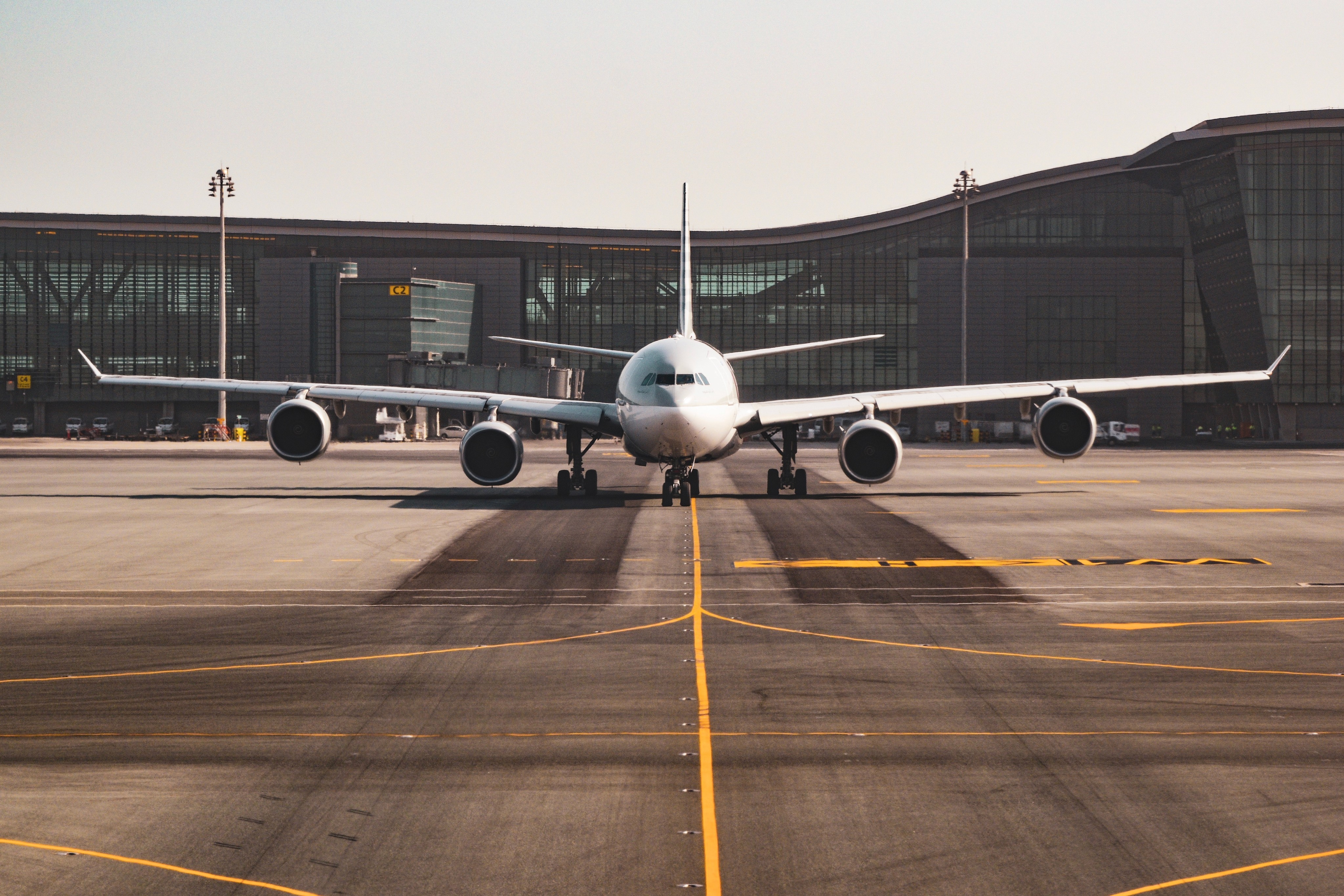
Introduction:
As the airline industry continues to evolve, companies are constantly exploring innovative ways to enhance the flying experience while keeping costs reasonable. In-flight ads have emerged as a potential solution, presenting a unique opportunity to generate additional revenue streams. In this blog post, we will delve into the question: Do you think in-flight ads have the potential to make flights cheaper? We will explore the benefits, challenges, and potential impacts of in-flight advertising on flight costs.
Understanding In-Flight Ads
In-flight ads refer to advertisements displayed to passengers during their flight journey. These ads can take various forms, such as seatback displays, in-flight magazines, overhead bin advertisements, or sponsored content on in-flight entertainment systems. Airlines partner with brands to showcase these ads, creating a revenue stream beyond ticket sales.
The Potential of In-Flight Ads to Reduce Flight Costs
Additional Revenue: In-flight ads provide airlines with an opportunity to generate additional revenue by partnering with brands and advertisers. This extra income can potentially offset operating costs and reduce the financial burden on airlines.
Competitive Advantage: Airlines that leverage in-flight ads effectively can differentiate themselves in the market. By offering competitive ticket prices due to the revenue generated from advertisements, they may attract more passengers and increase their market share.
Challenges and Considerations
Passenger Experience: Balancing the placement and frequency of in-flight ads is crucial to avoid overwhelming passengers or compromising their overall experience. Ads should be strategically placed to ensure they do not disrupt the comfort and convenience of passengers.
Brand Reputation: Airlines need to carefully select partners and advertisers to maintain their brand reputation. In-flight ads should align with the airline's values and resonate with passengers' preferences to avoid any negative impact on customer perception.
Finding the Right Balance
To ensure the potential of in-flight ads to reduce flight costs, airlines need to strike the right balance. Here are some considerations
Ad Relevance: Display ads that align with the interests and demographics of passengers, enhancing engagement and maximising the effectiveness of the advertising efforts.
Optimal Placement: Strategically place ads in non-intrusive locations, such as seatback displays or in-flight entertainment systems, to maintain passenger comfort and satisfaction.
Potential Impacts of In-Flight Ads on Flight Costs
Ticket Price Reduction: With additional revenue streams from in-flight ads, airlines may have the potential to lower ticket prices, making flights more affordable for passengers.
Ancillary Revenue Opportunities: In-flight ads can open the door to other ancillary revenue opportunities, such as sponsored content, partnerships with duty-free shops, or exclusive offers. This diversification can help airlines offset costs and reduce ticket prices.
Examples of In-Flight Advertising Success Stories
To highlight the potential impact of in-flight ads on flight costs, let's consider two real-life examples:
Example 1: Low-Cost Airlines
Low-cost airlines have successfully leveraged in-flight ads to keep ticket prices competitive. By partnering with advertisers and displaying targeted ads throughout the cabin, these airlines have generated additional revenue that allows them to offer lower fares to their customers
Example 2: In-Flight Entertainment Sponsorships
Some airlines have formed partnerships with entertainment companies to sponsor in-flight entertainment systems. By showcasing movie trailers, TV show episodes, or exclusive content, these airlines offset costs, resulting in potentially lower ticket prices for passengers.
Regulatory and Ethical Considerations
When implementing in-flight ads, airlines must consider regulatory guidelines and ethical standards. Advertisements should adhere to privacy regulations and respect passenger consent regarding data collection and usage.
Passenger Perception and Acceptance
Passenger acceptance plays a significant role in the success of in-flight ads. Airlines need to carefully communicate the benefits of in-flight ads to passengers, ensuring transparency and addressing any concerns regarding privacy or intrusive advertising.
Future Outlook of In-Flight Ads and Flight Costs
As the aviation industry evolves, in-flight ads have the potential to become an integral part of airlines' revenue models. With advancements in technology, targeted advertising, and passenger preferences, it is plausible that in-flight ads could contribute to making flights more affordable in the future.
Conclusion
In-flight ads have the potential to generate additional revenue streams for airlines and potentially reduce flight costs. By carefully implementing in-flight advertising strategies, airlines can strike a balance between generating revenue and maintaining a positive passenger experience. While challenges and considerations exist, the future outlook suggests that in-flight ads could contribute to making flights more affordable and accessible for a wider audience.Thank you for reading our blog! If you enjoyed it, we would love to hear your thoughts and feedback in the comments section. Don't forget to explore our other captivating blogs for more engaging content. Stay tuned for exciting updates!
follow us on
Mojoboxx